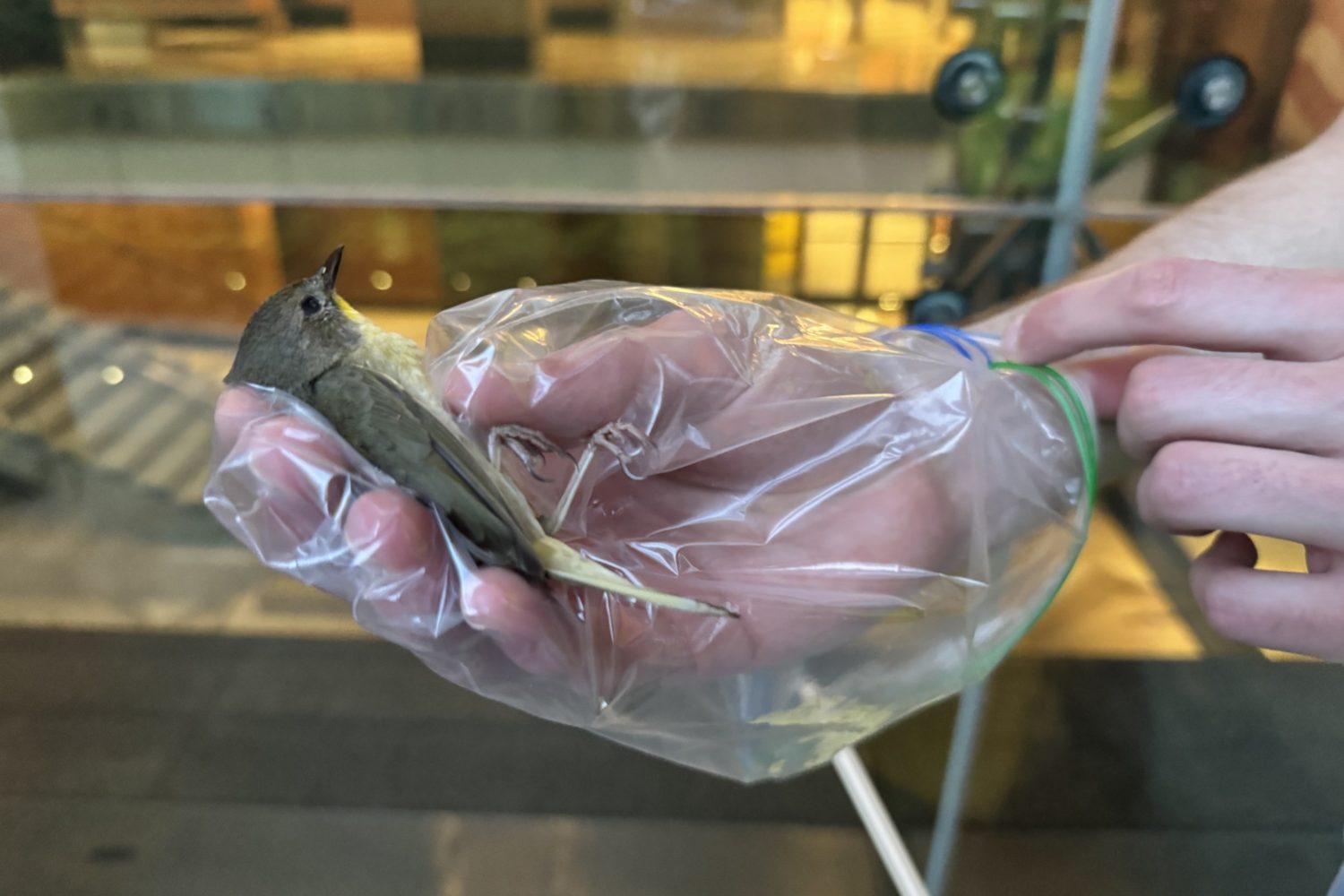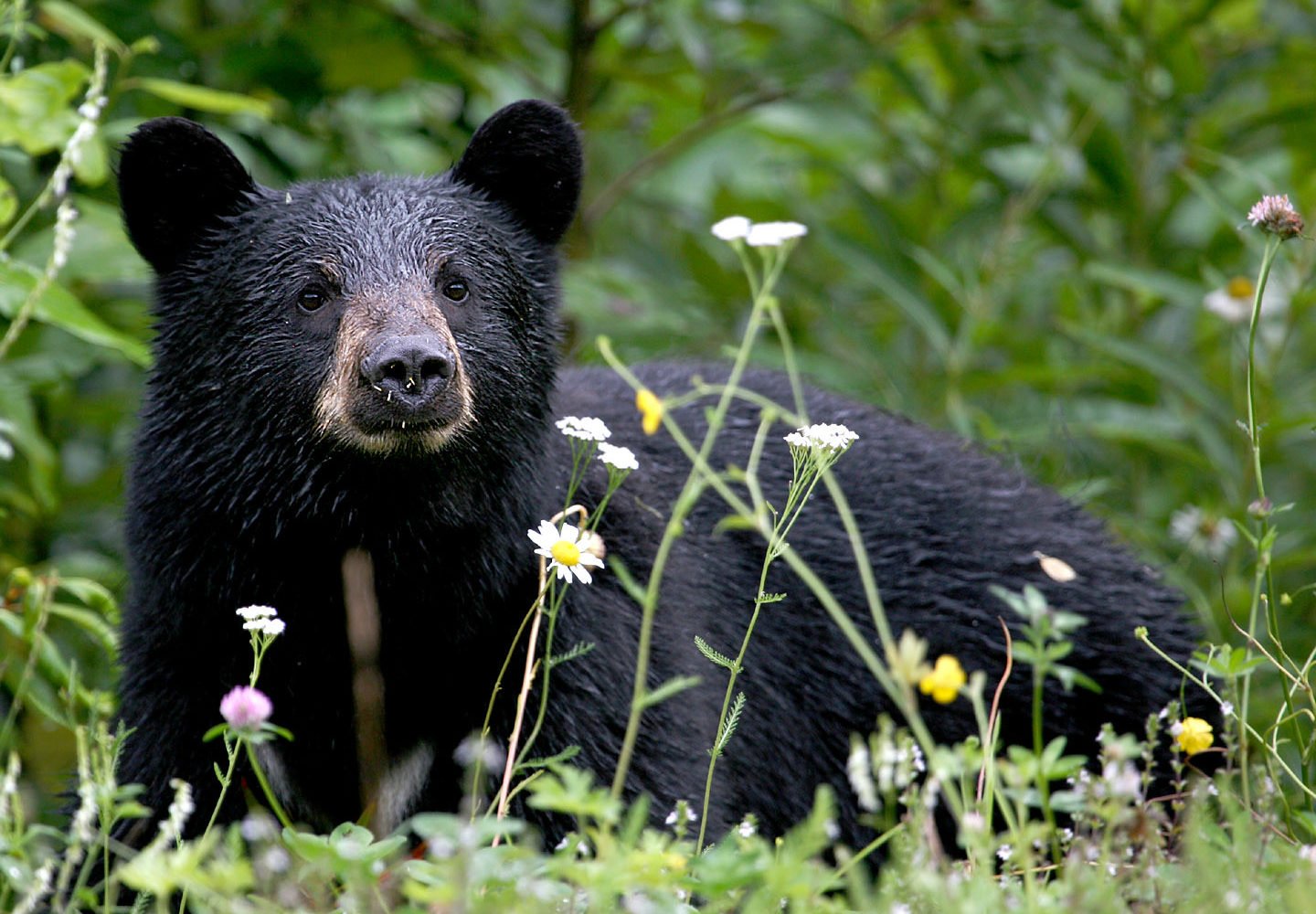Three walls in the foyer of National Public Radio headquarters near Capitol Hill are covered with black-and-white photos of NPR stars like Nina Totenberg, Sylvia Poggioli, and Claudio Sanchez. It might need a fourth wall for incoming journalists.
“We’re probably the only major national news organization on a growth curve,” says NPR’s Andi Sporkin. “We’re on a hiring binge, expanding bureaus, expanding beats.”
While many newsrooms are shedding reporters—from the New York Times to the Dallas Morning News—NPR is one of the few places an experienced journalist can hope to get a job.
“I wouldn’t call it a binge,” says Bill Marimow, himself a former denizen of the print world. Fired from the Baltimore Sun in 2004, Marimow went to NPR and this week took over as its news chief. “I would call it significant growth.”
The NPR news operation has added 50 journalists in the past three years, raising the total from 350 to 400.
Ten years ago NPR had six foreign bureaus; it just opened its 16th, in Shanghai, putting it in the running with major national news organizations. The New York Times and CNN both have 26, the Los Angeles Times has 22, the Washington Post has 19.
Marimow says the network’s expansion has been spurred by a $200-million bequest from McDonald’s heir Joan Kroc in 2003. But income from affiliates and foundations has been on the rise, too.
Ted Koppel and Walter Cronkite will be heard on occasion on NPR, but most of the network’s new voices are those of former newspaper and TV reporters.
“We are hiring refugees from the print world,” says Marimow, 58.
From the Baltimore Sun, Marimow brought David Greene to cover the White House and Laura Sullivan to cover criminal justice. John Hendren came from the Los Angeles Times to cover the Pentagon; he’s now in Iraq. Nell Boyce, from U.S. News, covers technology for NPR.
David Folkenflik came from the Baltimore Sun in November 2004 to cover media for NPR. He calls himself “a recovering newspaperman.” But can he work a tape recorder?
“I was made to feel like a freshman in college all over again,” he says. Dan Rather was ejected from CBS two days after Folkenflik started: “An easy transition went by the wayside.”
Folkenflik, 36, worked for a small North Carolina paper before coming to the Sun in 1994 to cover higher education, then Congress, then the media. The biggest challenge, he says, is to compress information into the tight radio format.
“Technology is only a part of it,” he says. “You have to exercise different parts of your brain. New kinds of storytelling. New ways you can convey information.
“It’s incredibly challenging and a blast at the same time,” he says.
With Marimow taking over as vice president of news this week, the print guys may have completed their takeover of the radio network.
Marimow worked for the Philadelphia Inquirer from 1972 to 1993. He won two Pulitzer Prizes, one for stories on police violence in 1978, one for investigative stories in 1985. At the Baltimore Sun he worked his way up to editor. To the chagrin of the staff, the publisher let him go in 2004.
Marimow runs NPR’s news division. Loren Jenkins—veteran war correspondent for wire services, Newsweek, and the Washington Post—has been foreign editor for the past decade.
NPR president Kevin Klose spent 25 years at the Washington Post.
Whether NPR’s new hires come from print, TV—like ABC’s Michel Martin—or its radio affiliates, the help wanted sign is up.
“My feeling is, in the years ahead we’ll have growth that’s for more incremental,” Marimow says. “But the commitment is there.”

















